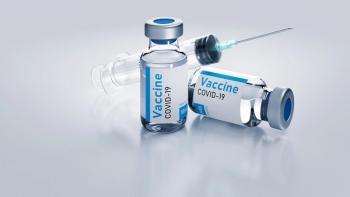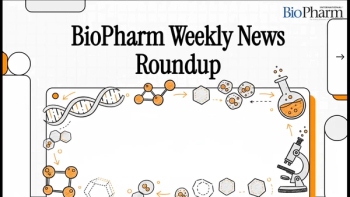
FDA Issues Guidance on Biosimilar Labeling
The draft guidance document discusses the development of labeling for proposed biosimilars and interchangeable biosimilars for submission under section 351(k) of the Public Health Service Act.
On Sept. 15, 2023, FDA announced the publication of a draft guidance to assist sponsors of biosimilars and interchangeable biosimilars develop draft labeling. The labeling recommendations are only for prescribing information, “except for certain recommendations in section V, FDA-Approved Patient Labeling of Biosimilar and Interchangeable Biosimilar Products, pertaining to FDA-approved patient labeling (e.g., Patient Information, Medication Guide, Instructions for Use).” The guidance pertains to applications under section 351(k) of the Public Health Service Act (PHS Act) (42 U.S.C. 262(k)) (351(k) application).
The final version of the guidance will replace Guidance for Industry, Labeling for Biosimilar Products from July 2018. Changes to that guidance include:
- “Labeling for interchangeable biosimilar products
- “Product identification when the reference product labeling describes a clinical study conducted with a non-US-approved biological product Pediatric use statements
- “Incorporating relevant immunogenicity data and information from the reference product labeling in the biosimilar or interchangeable biosimilar product labeling.”
The draft guidance includes sections on general principles for draft labeling of proposed biosimilar and interchangeable biosimilar products, specific recommendations on content of biosimilar and interchangeable biosimilar product labeling, revising biosimilar and interchangeable biosimilar product labeling, and how to submit initial and revised biosimilar and 607 interchangeable biosimilar product labeling.
According to the guidance, “Section 351(i) of the PHS Act defines biosimilarity to mean ‘that the biological product is highly similar to the reference product notwithstanding minor differences in clinically inactive components’ and that ‘there are no clinically meaningful differences between the biological product and the reference product in terms of the safety, purity, and potency of the product.’ To meet the standard for interchangeability, an applicant must provide sufficient information to demonstrate biosimilarity and also to demonstrate that the biological product can be expected toproduce the same clinical result as the reference product in any given patient and, if the biological product is administered more than once to an individual, the risk in terms of safety or diminished efficacy of alternating or switching between the use of the biological product and the reference product is not greater than the risk of using the reference product without such alternation or switch. Interchangeable biosimilar products may be substituted for the reference product without the intervention of the prescribing health care provider.”
Source:
Newsletter
Stay at the forefront of biopharmaceutical innovation—subscribe to BioPharm International for expert insights on drug development, manufacturing, compliance, and more.





